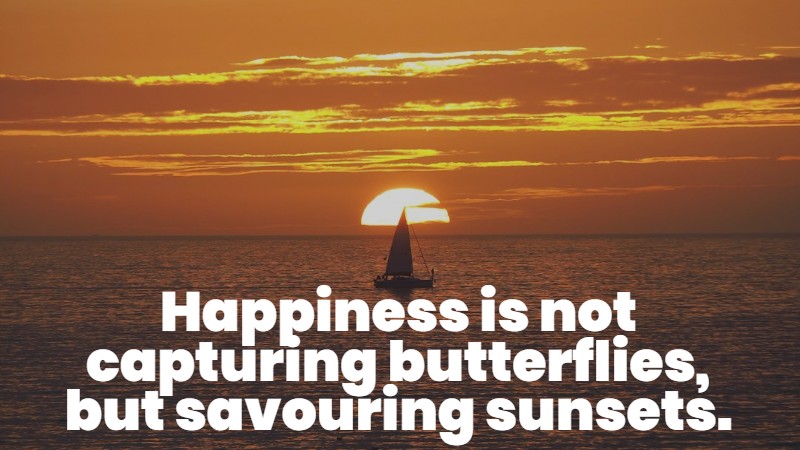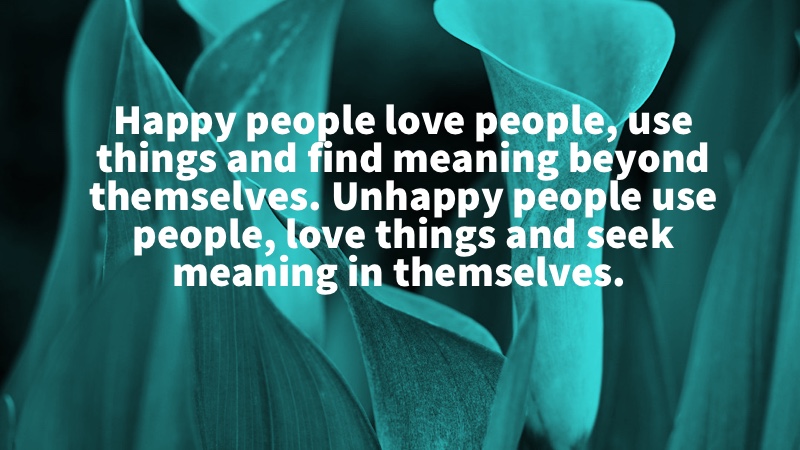Fill your life with experiences not things. Have stories to tell not stuff to show.
Unknown
Om forfatteren
This quote has no known author. Without knowing who first said these words, we focus only on the message itself. Anonymous quotes like this one have lasted because they speak to common human experiences. The words remain important even though we don’t know their source. Many of the most enduring sayings in history come from unnamed individuals, showing that sometimes the idea matters more than who created it.
The meaning of the quote
This quote offers a simple but powerful alternative to consumer culture. The message contradicts what advertising tells us daily: that buying more leads to happiness.
The truth behind these words runs deep. Research from Cornell University found that people felt more satisfaction and happiness from their experiences than from their purchases. Why? Experiences become part of our identity while material things remain separate from who we are.
Try applying this wisdom through these practical steps:
Create an experience fund. Set aside money specifically for activities rather than objects. Even $20 can buy a museum visit or a special picnic with friends.
Take a possession pause. Before buying something that costs more than $50, wait 48 hours and ask yourself: “Would an experience bring me more joy than this item?”
Start a story journal. At the end of each week, write down the most meaningful moments you experienced. You’ll notice these rarely involve new purchases.
My neighbor Sam tried this approach after retirement. Instead of buying a luxury car as planned, he used that money for cooking classes in Italy, guitar lessons, and visits to his grandchildren. Five years later, he tells stories about making pasta with a stern Italian grandmother and playing “Blackbird” at his grandson’s school. Had he bought the car, it would now be worth half its purchase price and generating few stories worth telling.
The psychological reason this works: material items lose their appeal through a process called hedonic adaptation. We get used to our new shoes or phones quickly. But experiences grow in value as we share the stories and connect them to our sense of self.
Many wealthy people understand this intuitively. Warren Buffett still lives in the house he bought in 1958 despite his billions. His wealth goes toward experiences and investments, not more possessions.
This approach also works during financial hardship. When money gets tight, free or low-cost experiences like hiking, community events, or learning new skills through online resources create lasting memories while buying budget versions of luxury items often leads to disappointment.
The next time you feel the urge to buy something to impress others, ask yourself: Will this purchase give me stories worth telling years from now?



Giv feedback om dette